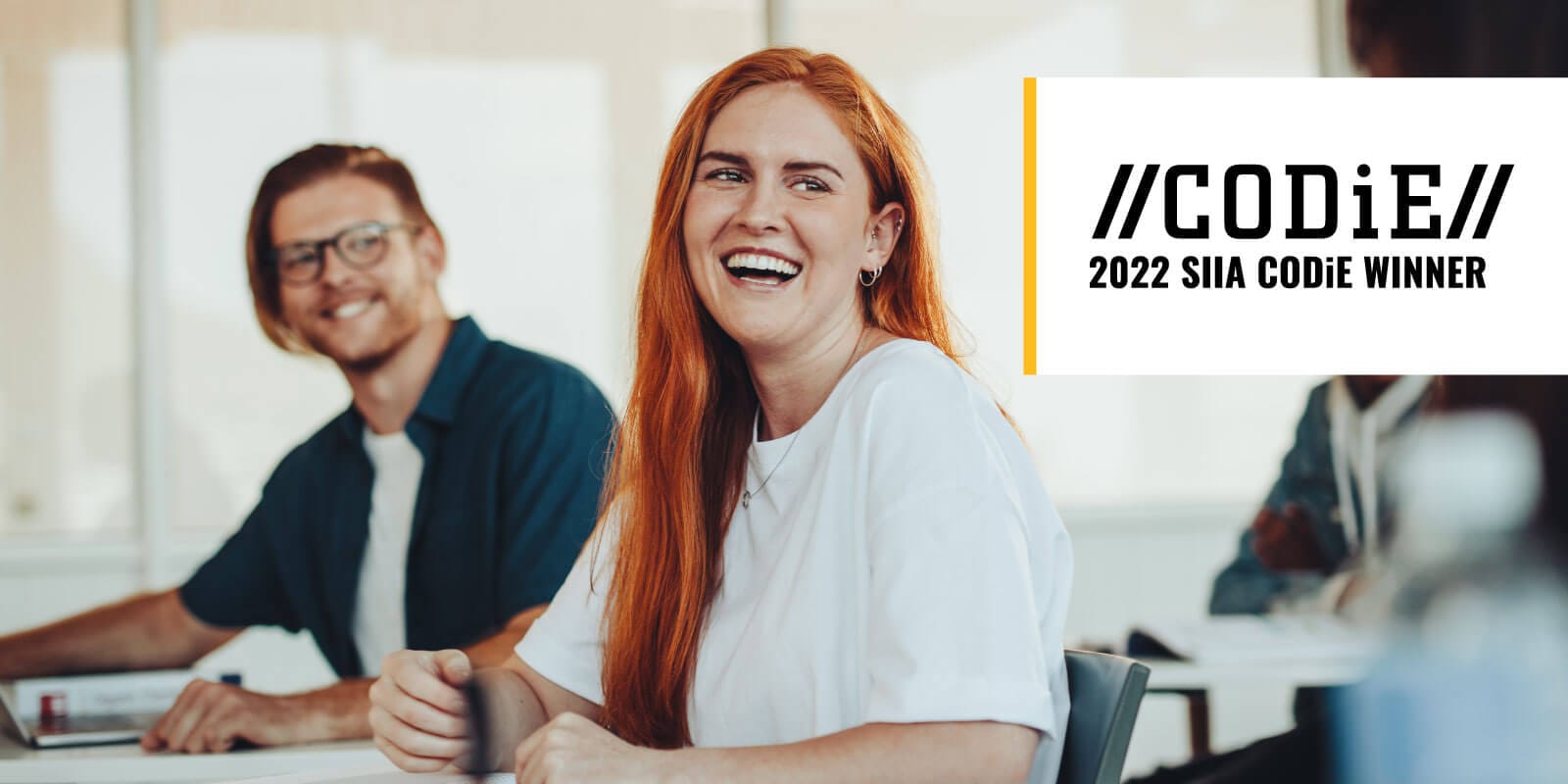Brought to you by Pearson’s Online Program Management team
Stackable courses offer immense promise to both learners and institutions. To get started with them successfully, it helps to learn from early adopters – including expert innovators such as Maryville University.
Maryville is a nationally recognized pioneer in access and opportunity, meeting learners’ fast-changing needs, and helping people quickly gain practical value from education. Even before the university launched stackables, it partnered with leading regional businesses to offer targeted short-term certificates and badges for employee upskilling, reskilling, and career progress.
As Maryville president Mark Lombardi says, “We have entered an era of the democratization of education where access and opportunity are expanding and workforce training on a continual basis is a career imperative. Universities must be able to deliver different types of education and high skill training on a variety of platforms to meet the needs of a growing and diverse workforce and a wide array of employers.”
Stackables: A Natural Next Step
One key element of Maryville’s growth strategy involves attracting learners who’ve earned some college credit but no degree. These are typically working adults who want to earn promotions or transition into better careers. For learners like these, stackables are attractive and efficient.
According to Katherine Louthan, Dean of the School of Adult & Online Education, “We’re solving for future of work issues, focused on upskilling in areas with high industry demand. Students in our existing degree programs tell us they need to dive into the content areas more quickly, so they can showcase what they’ve learned to advance in their position or even start new careers. This is a reasonable approach and one we wanted to accelerate for learners so they can apply what they’re learning right away, and gain value whether they complete a full degree or not.”
Innovation That Builds on Strength
As Maryville moved into stackables, says Louthan, it made sense to build on existing program strengths. “Where were our signature programs? Where are we growing in the future?”
Maryville is especially strong at the intersection of business and technology. It had already launched highly successful programs in areas such as cybersecurity, data science, and software development. Its Fall 2021 stackable launch plan focused on these strengths and included five undergraduate-level certificates in computer science: the three aforementioned subjects, plus artificial intelligence and UX/UI.
All are offered for credit towards a degree, or stand-alone for immediate credentialing. Like all of Maryville’s degree-linked stackable offerings, they carry the same pricing and fees either way.
Two post-bachelor’s certificates, Big Data and Machine Learning, are offered as stand-alone and embedded within Maryville’s graduate programs in computer science, offering a shorter time commitment and a seamless onramp into a full graduate program if and when learners are ready.
In another example of programmatic innovation, Maryville is offering a new post-bachelor’s certificate in Communication Sciences and Disorders, designed for career changers planning to enroll in master’s programs in Speech Learning Pathology (SLP) or doctoral programs in audiology. These individuals often already have a bachelor’s degree but need multiple courses to “level up” before they can pursue graduate work.
Communication Sciences and Disorders bundles an essential undergraduate-level foundation in crucial areas such as voice, speech, language fluency, swallowing, and hearing disorders. Carefully crafted to prepare learners for highly competitive graduate programs -- including Maryville’s – it also connects learners to innovative “learn by doing” resources such as the Master Clinician Network. Through MCN, learners can take part in guided observation and start building clinical skills even before they enter graduate school.
Off to a Strong Start
Since the Fall 2021 launch, early signs are positive, says Louthan. “We’re getting great feedback from students who are experiencing success. We’ve had a lot of interest in areas such as AI and UX where many professionals need to upskill to stay relevant or advance. Our content is also aligned well with employer feedback. We believe we’re creating a successful starting point in addressing students’ growing demand for more flexible options. Whether they will go on to complete their degrees is yet to be seen. We are more focused on whether they are achieving their goals, and we hope they will come back to Maryville when they are ready to, or need to, upskill or reskill again.“
“Challenges always exist in times of change,” says Louthan, “and we are in a time of significant disruption in education and industry. As we work to drive down the cost of education, having a menu of options to meet both learner needs and market demands will require continuous analysis. We also recognize that while certificates are attractive in emerging areas of technology and computer science, some more traditional areas may still require a degree. Students have shared that during this transitional time many employers still require a bachelor’s degree for consideration.
“Considering the future of work and the rapid rate of change, we know the model must shift so we can offer learners what they need and want to reach their goals – whatever their goals may be. As lifelong learning evolves, we will continue listening to our learners and employers to best meet their needs. We believe milestone achievements matter to students and they should be recognized for their achievements and able to apply them along their learning journey. We are focusing our work on their success and their ability to achieve their goals.”
Placed in broader context, stackability fits well with Maryville’s key strategic goals and institutional mission: to create a global, student-centered active learning ecosystem, to drive transformational innovation around learner outcomes, to define its success by learner success, and to expand access and opportunity.
As Dean Louthan concludes, “We understand education isn’t one-size-fits-all. Different students have different circumstances and considerations, and Maryville is committed to being as inclusive and accommodating as possible. Our certificate programs underscore this mission, serving as alternative paths to meet learners where they are — and help them reach their career goals.”
Learn more, and explore Pearson's online learning offerings and OPM services








